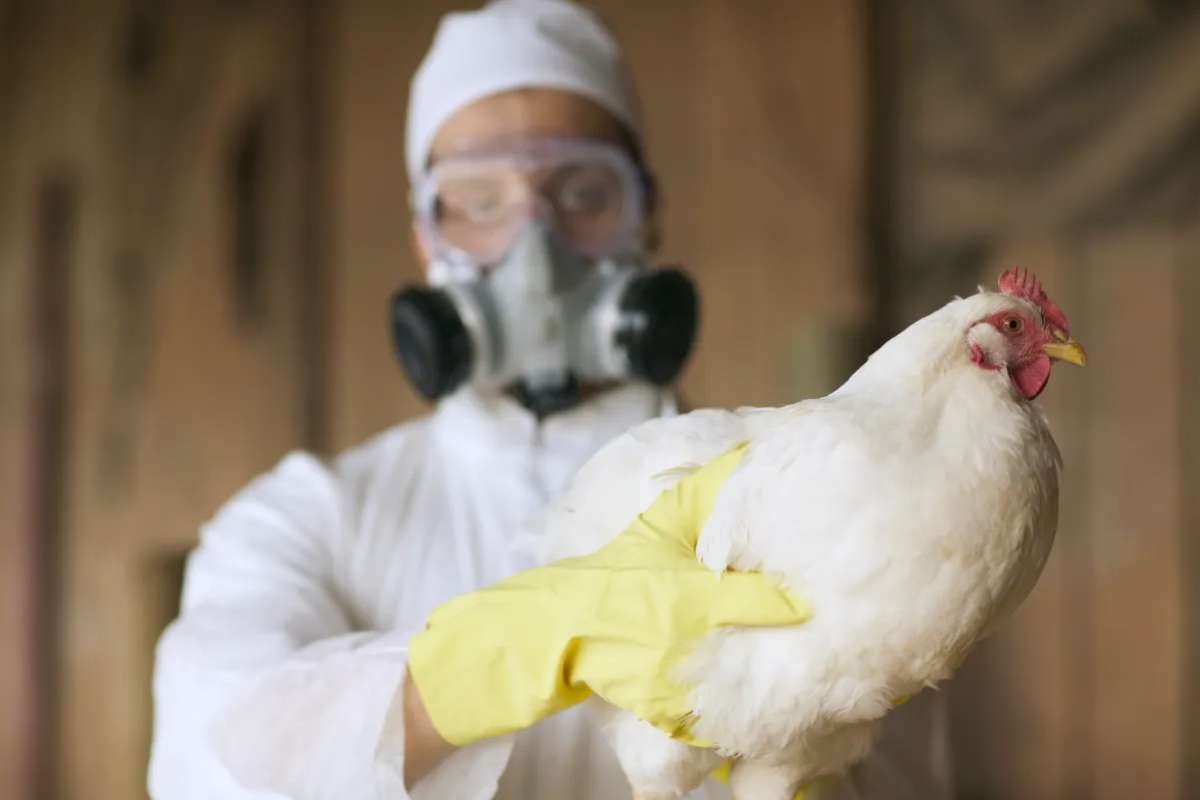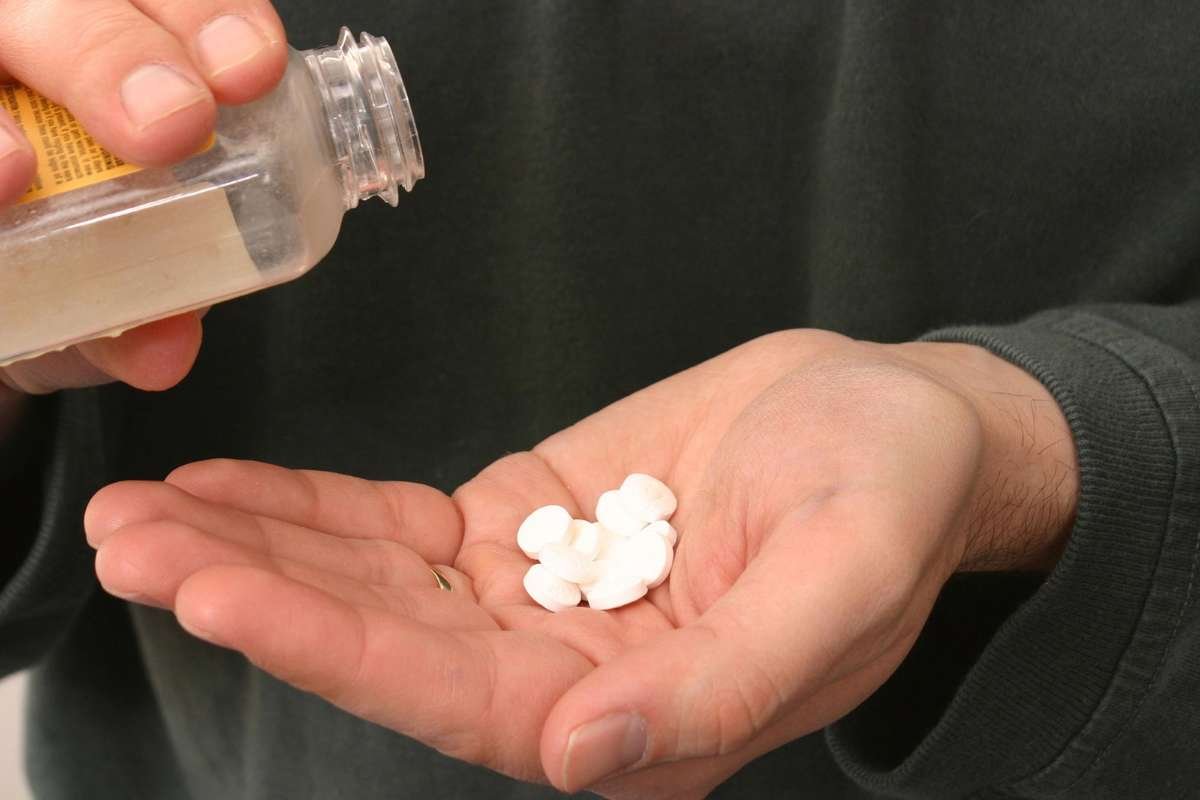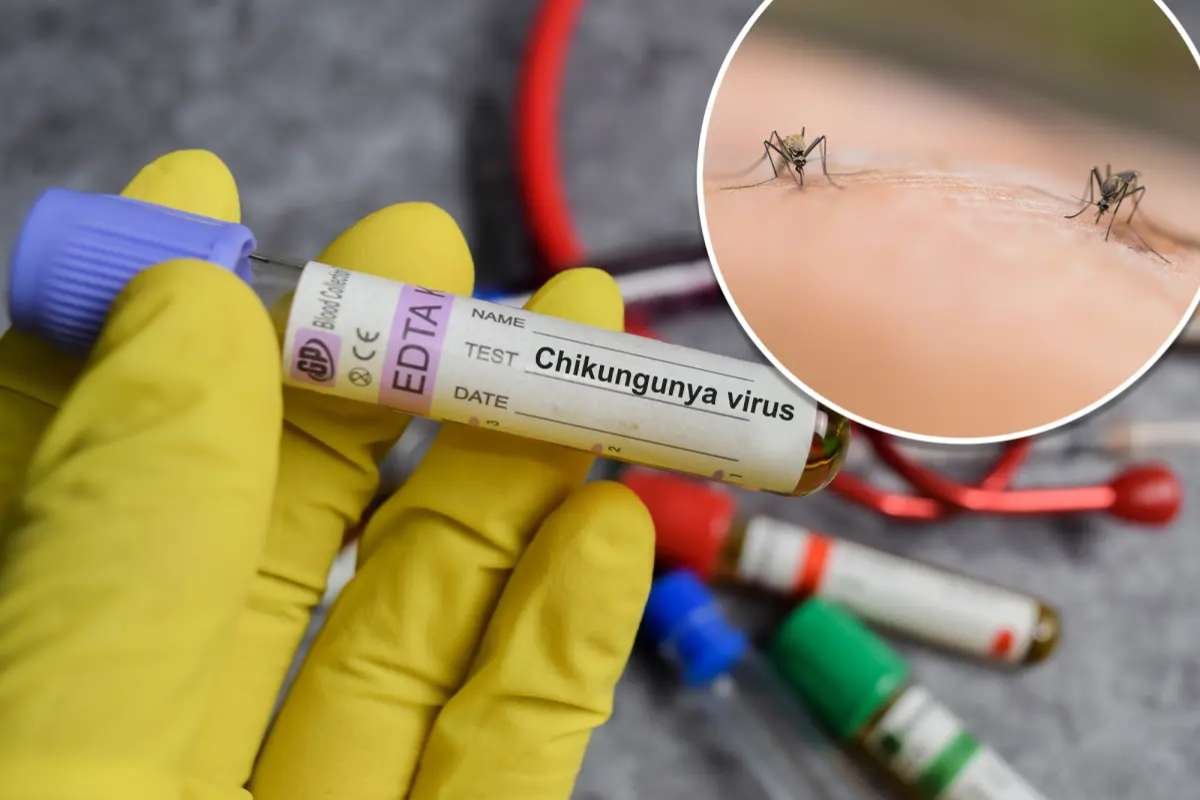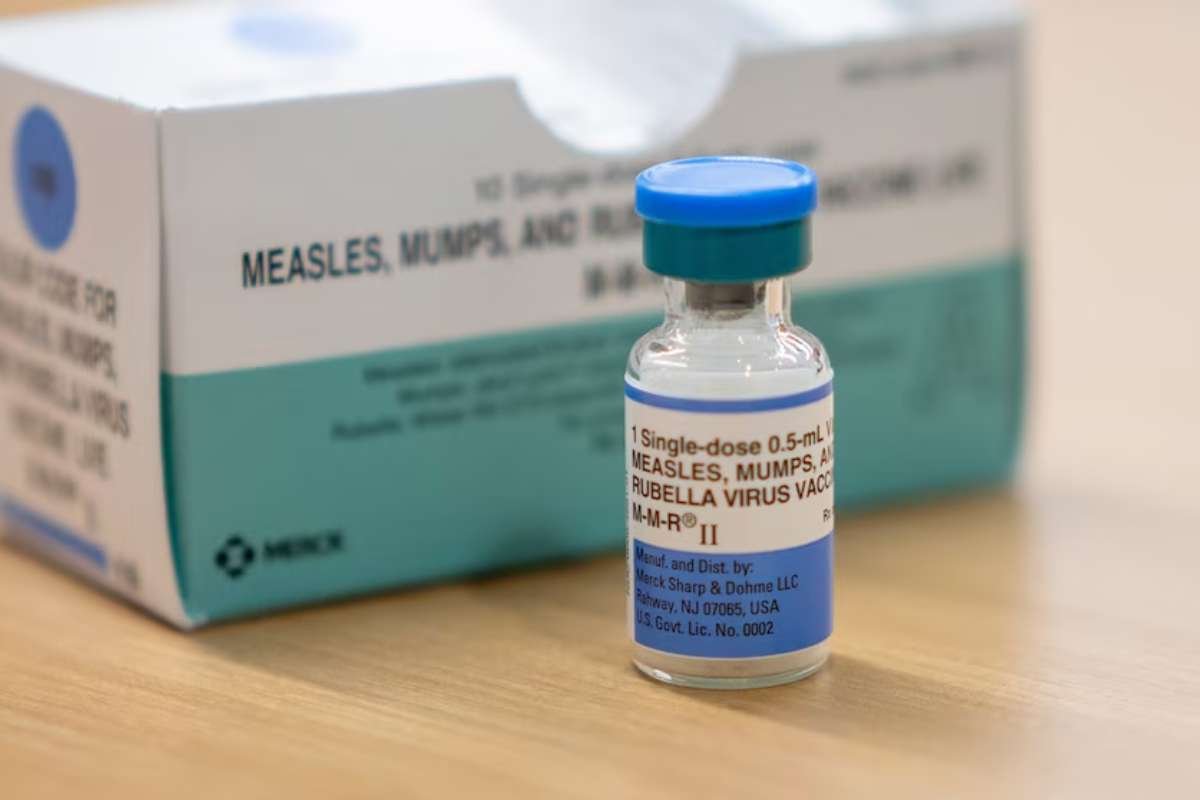Louisiana Records First Severe H5N1 Bird Flu Case
The United States has recorded its first severe case of H5N1 bird flu, with a person in Louisiana hospitalized due to the virus. The Centers for Disease Control and Prevention (CDC) confirmed the diagnosis on December 18, following earlier reports from Louisiana health officials. This marks a significant moment in the U.S. fight against H5N1, a virus known for its potential to cause serious illness.
The case brings the total number of confirmed H5N1 infections in the U.S. this year to 61. Unlike earlier cases primarily linked to dairy cows and poultry, the Louisiana patient’s infection stems from exposure to sick and dead birds in backyard flocks, as per CDC findings. This is the first such instance in the U.S.
Genetic analysis revealed that the virus infecting the Louisiana patient belongs to the “D1.1 genotype,” a strain prevalent among wild birds and poultry in the U.S. and Canada. This strain is distinct from the “B3.13 genotype” found in dairy cows. Recently, D1.1 was linked to mild infections in Washington poultry workers and a severe case in a Canadian teen requiring intensive care.
Understanding the Risks of H5N1
Although severe H5N1 Bird Flu case are rare in the U.S., their potential severity has been well-documented. Globally, more than 900 individuals have contracted H5N1 since its identification, with over half of these cases resulting in death. However, the strains responsible for these fatalities differ genetically from those currently circulating in the U.S., which may partly explain the relatively lower virulence seen domestically.
The CDC continues to assess the risk of H5N1 infection in the general population as low. To date, there is no evidence of person-to-person transmission of the virus, a key factor in preventing widespread outbreaks. However, researchers warn that some strains of H5N1 might require minimal mutations to acquire human-to-human transmissibility, necessitating close monitoring of its spread across different animal species.
“People with occupational or recreational exposure to infected animals, such as backyard flock owners and hunters, should exercise caution,” the CDC advised in its statement. Adopting preventive measures, such as wearing protective gear and maintaining hygiene, is crucial for individuals at higher risk of exposure to the virus.
Public Health Response and Precautions.
The Louisiana case highlights the need for vigilance in monitoring and controlling H5N1 Bird Flu Case. According to Dr. Demetre Daskalakis, director of the CDC’s National Center for Immunization and Respiratory Diseases, the Louisiana patient was hospitalized with flu-like symptoms. Specific details about the patient’s condition remain undisclosed due to privacy concerns and the ongoing investigation.
The CDC has reiterated the importance of preventive measures for those in close contact with potentially infected birds. Backyard flock owners, hunters, and bird enthusiasts are encouraged to follow CDC guidelines to minimize the risk of infection. Efforts are also underway to track the virus’s genetic evolution and its transmission patterns across different animal hosts.
Experts remain cautious about the potential implications of H5N1’s spread. Concerns persist that the virus could become more dangerous if it combines with seasonal flu strains, leading to a heightened risk of severe outbreaks. As a precaution, the CDC and public health officials will continue surveillance and encourage protective measures among high-risk groups.
The Louisiana case underscores the importance of proactive public health strategies and ongoing research to mitigate the risks posed by emerging strains of avian influenza.







